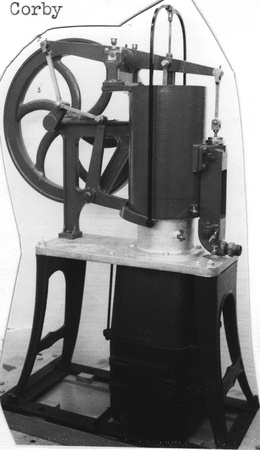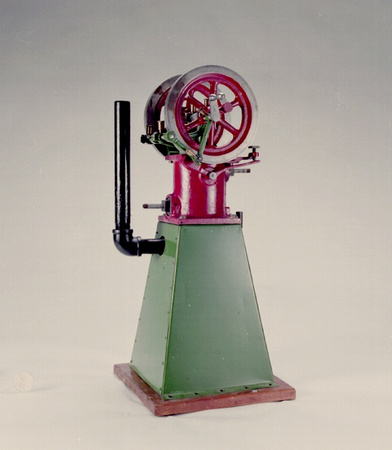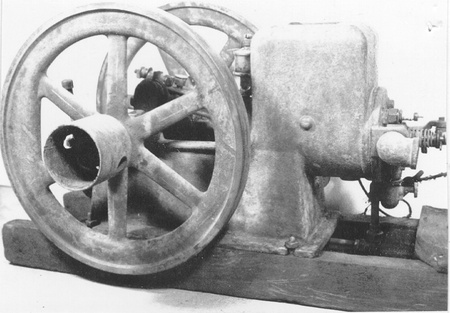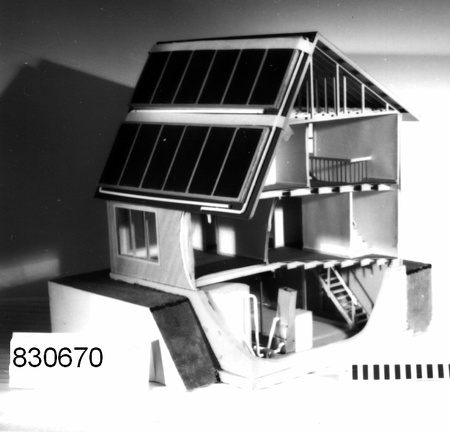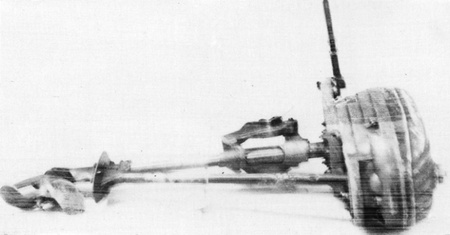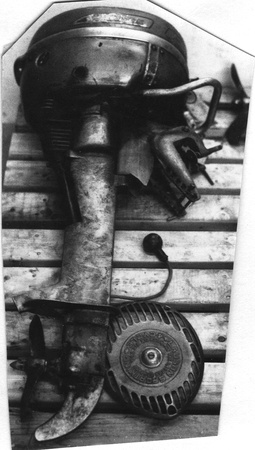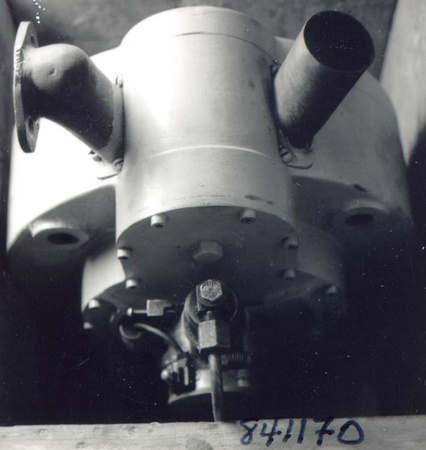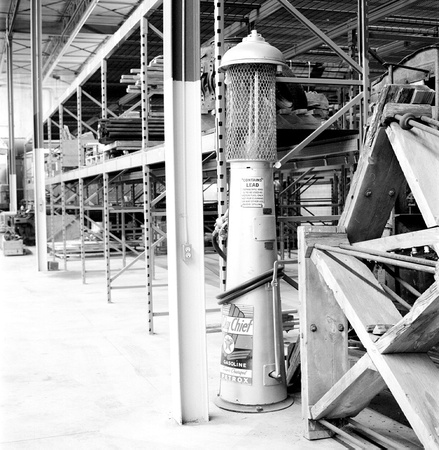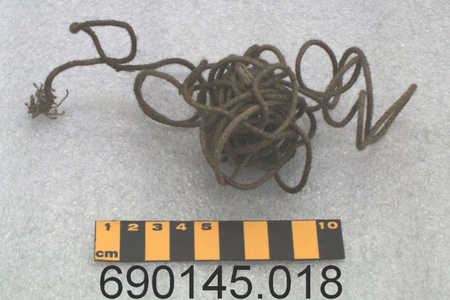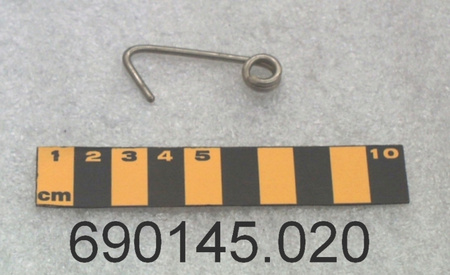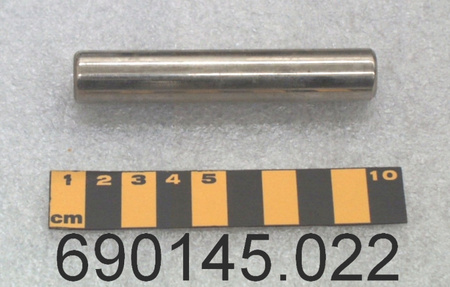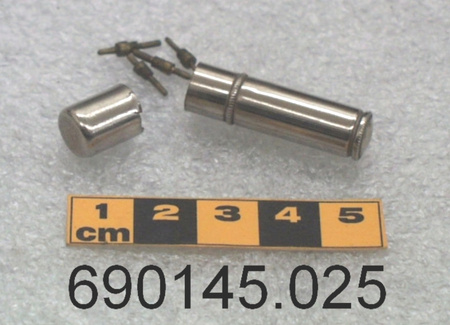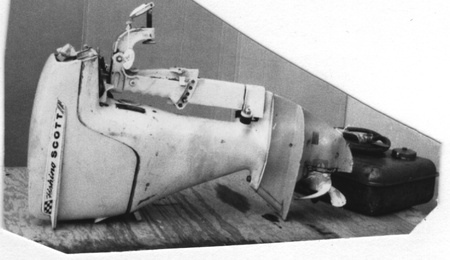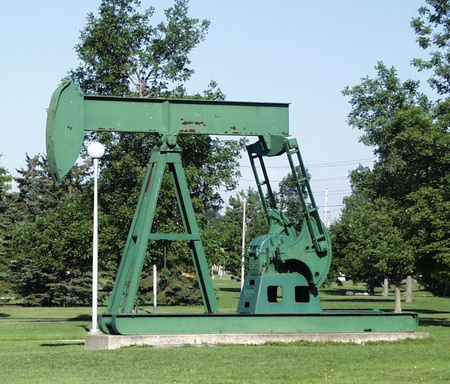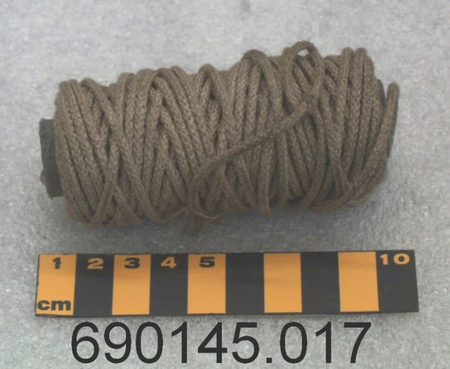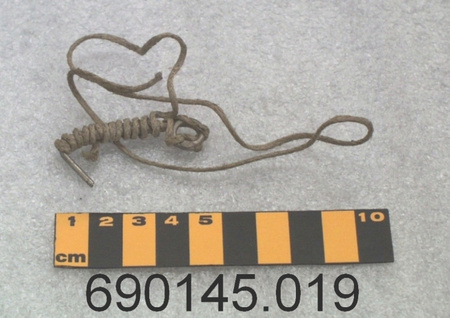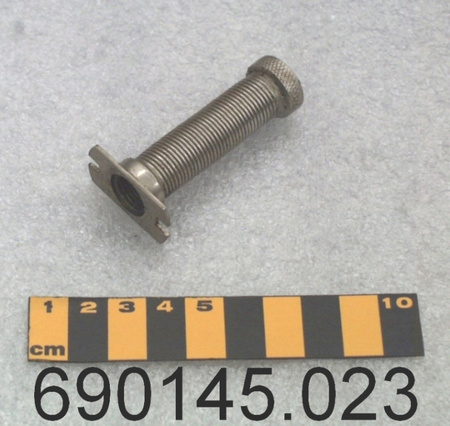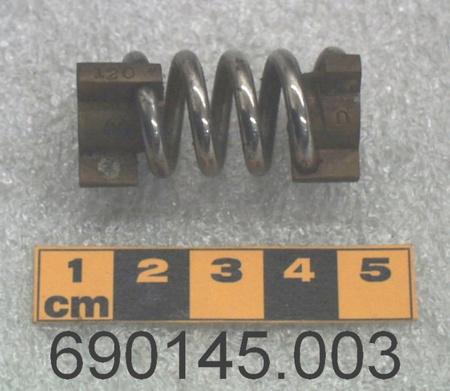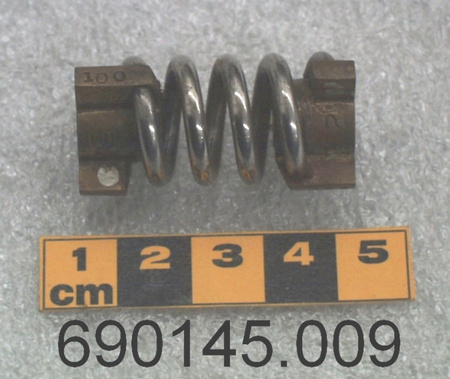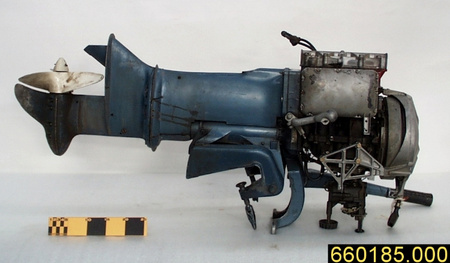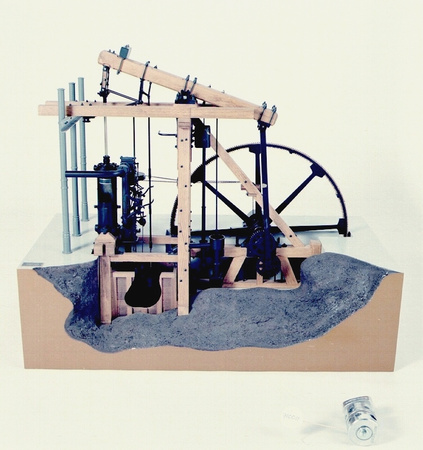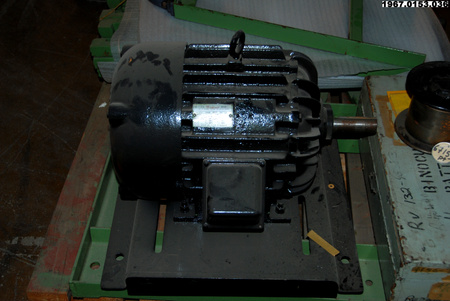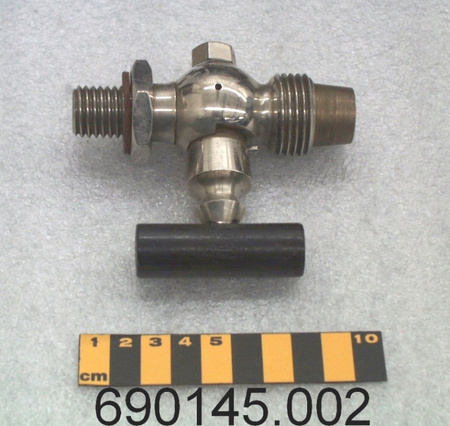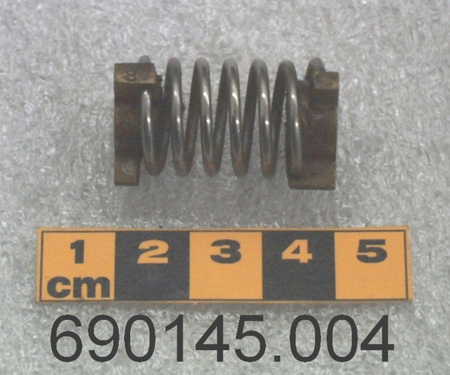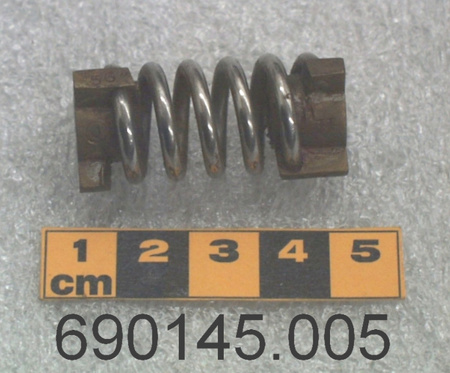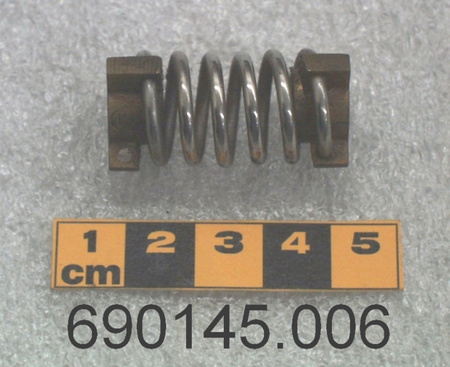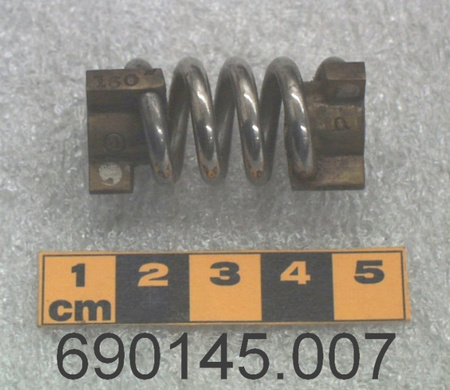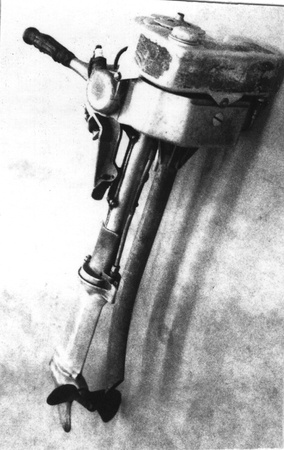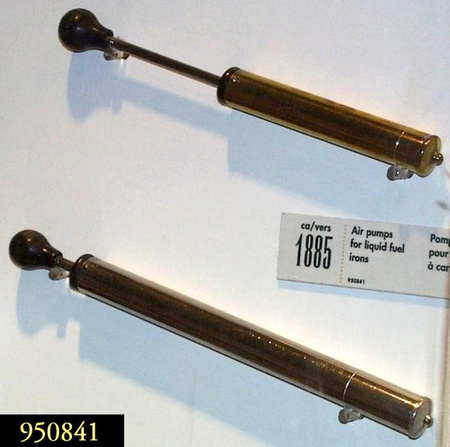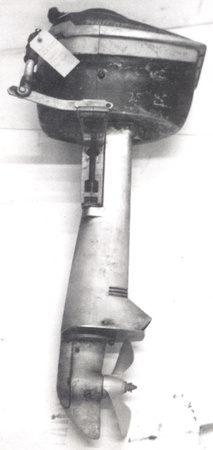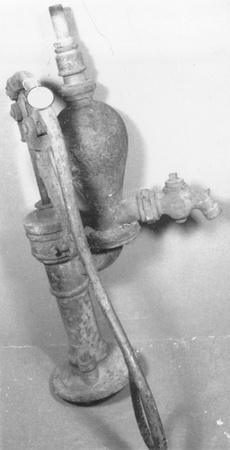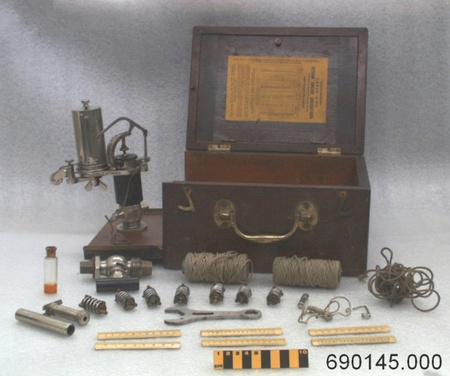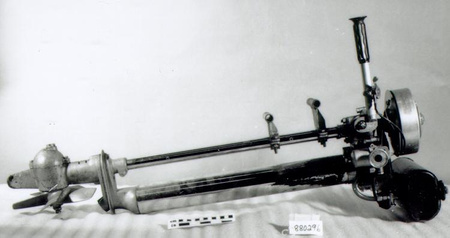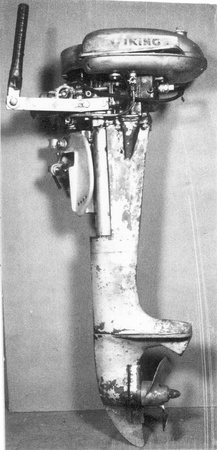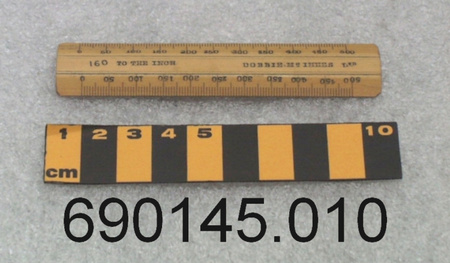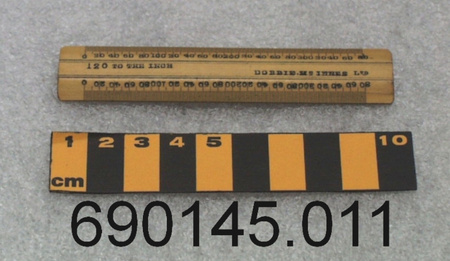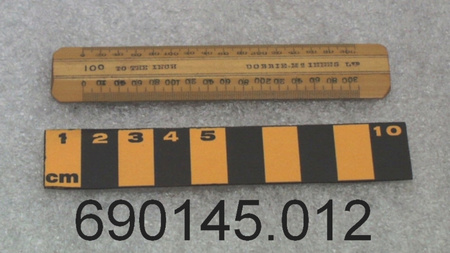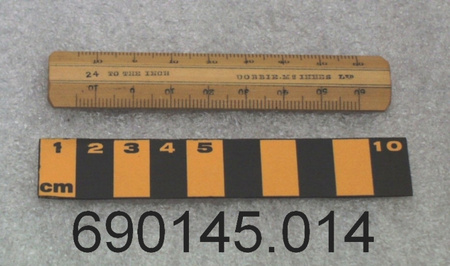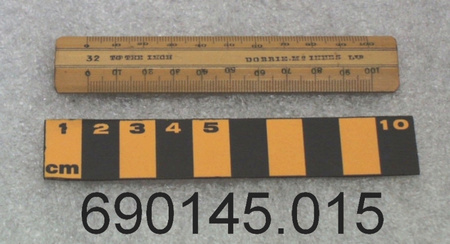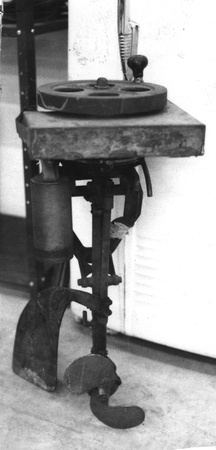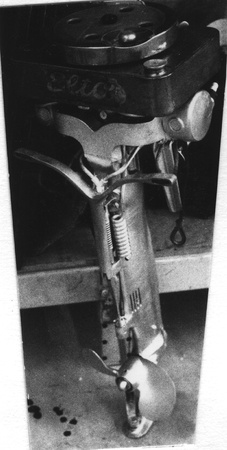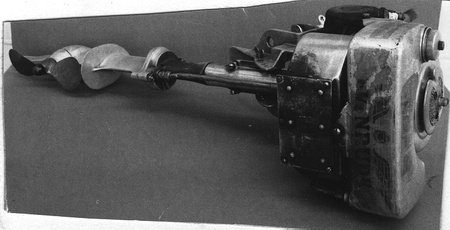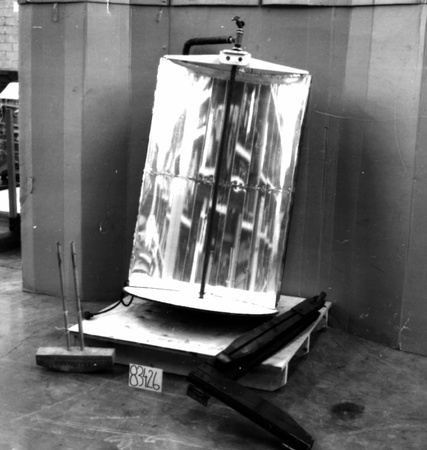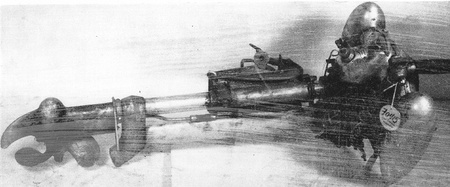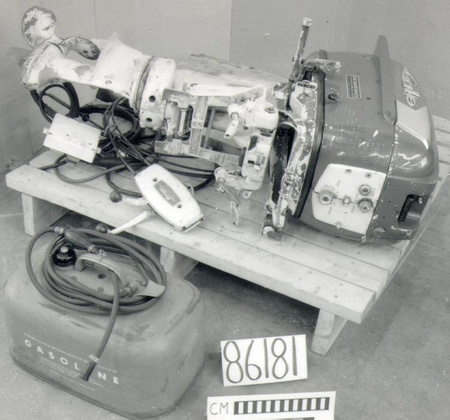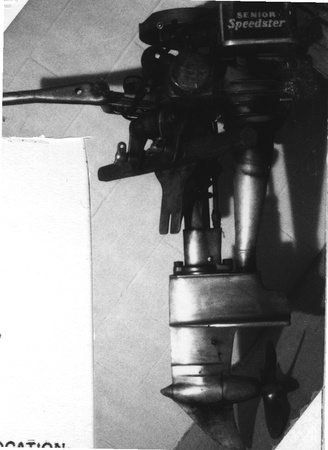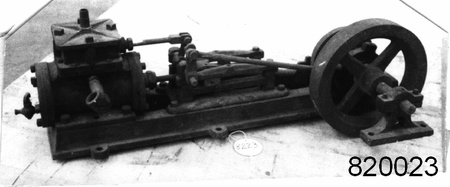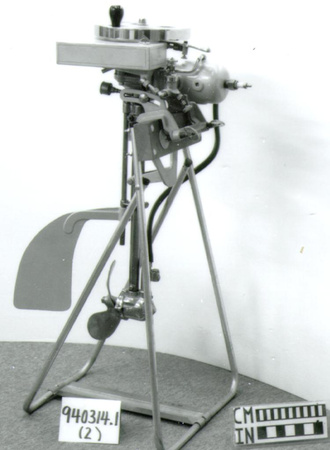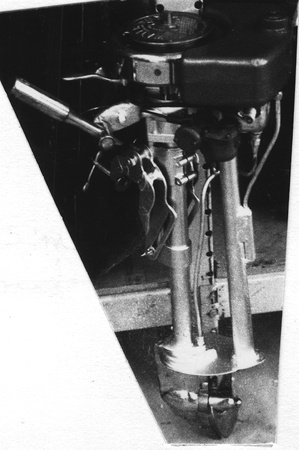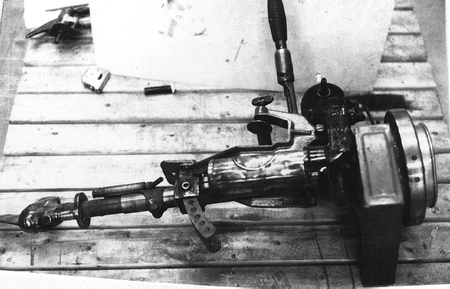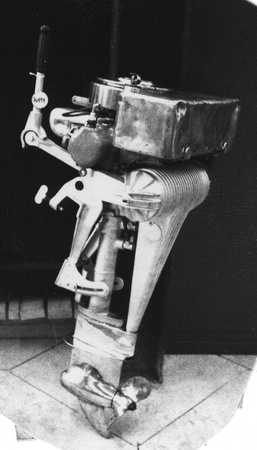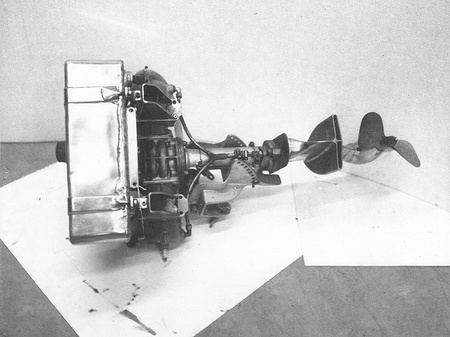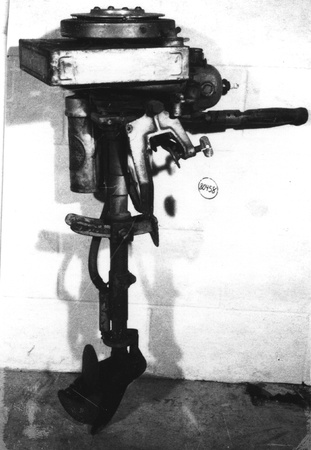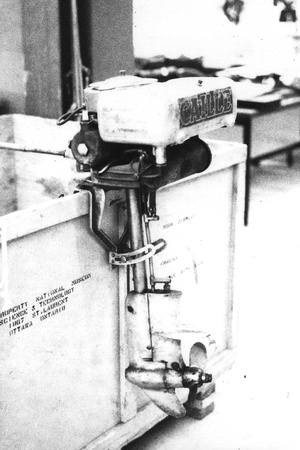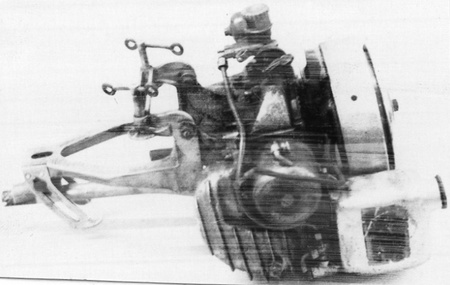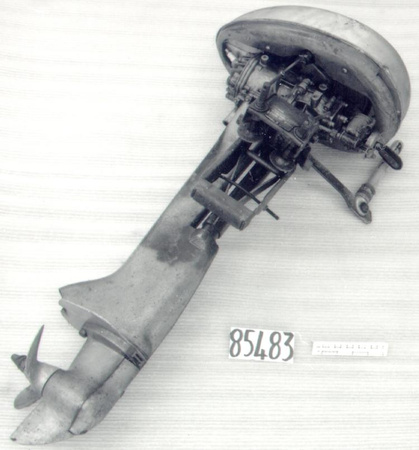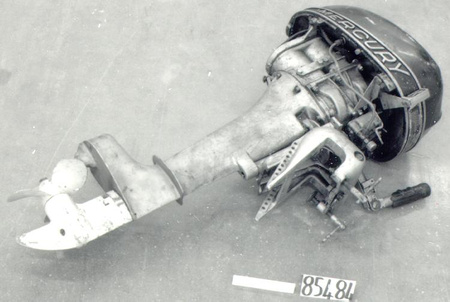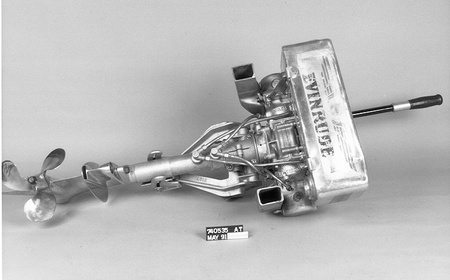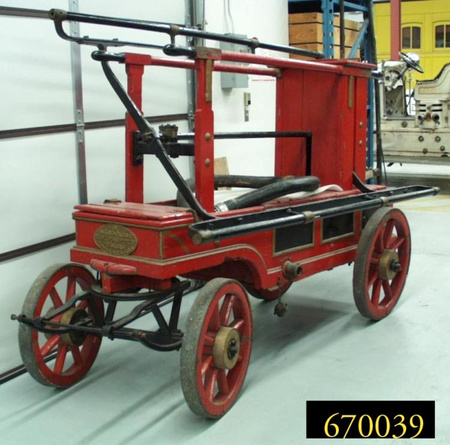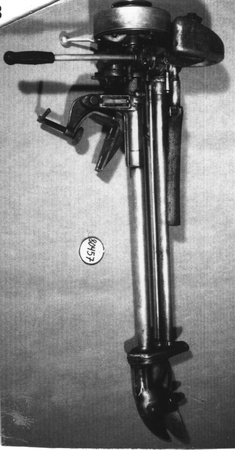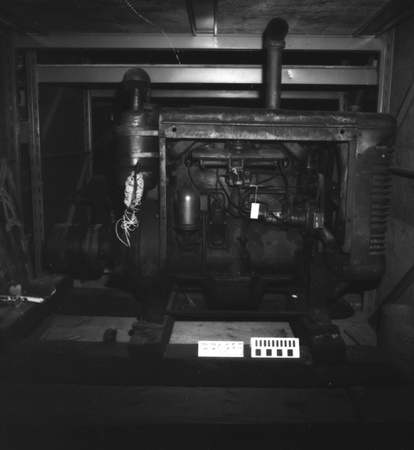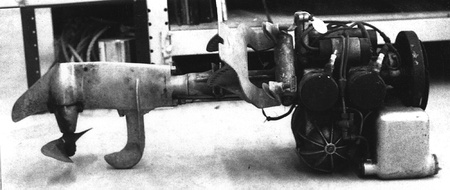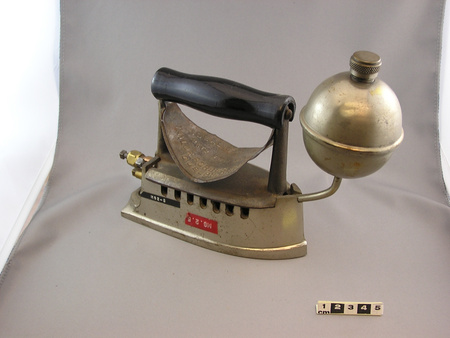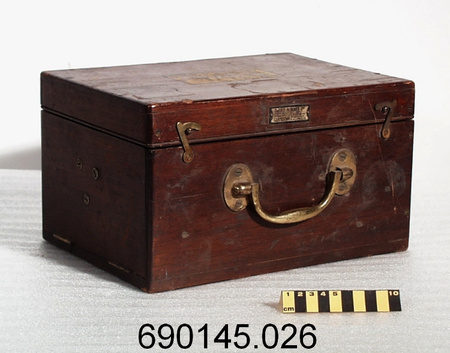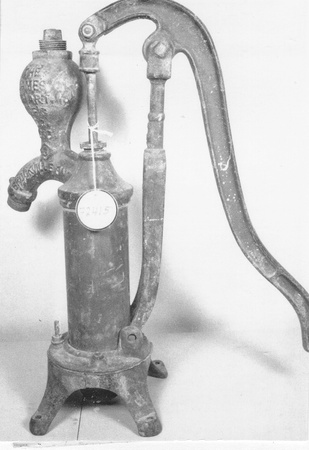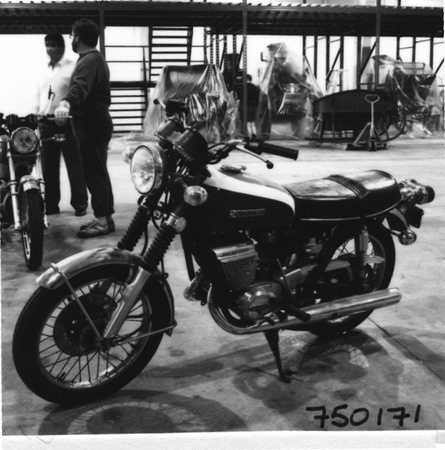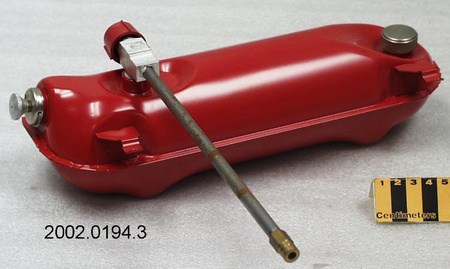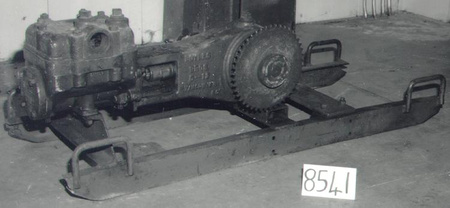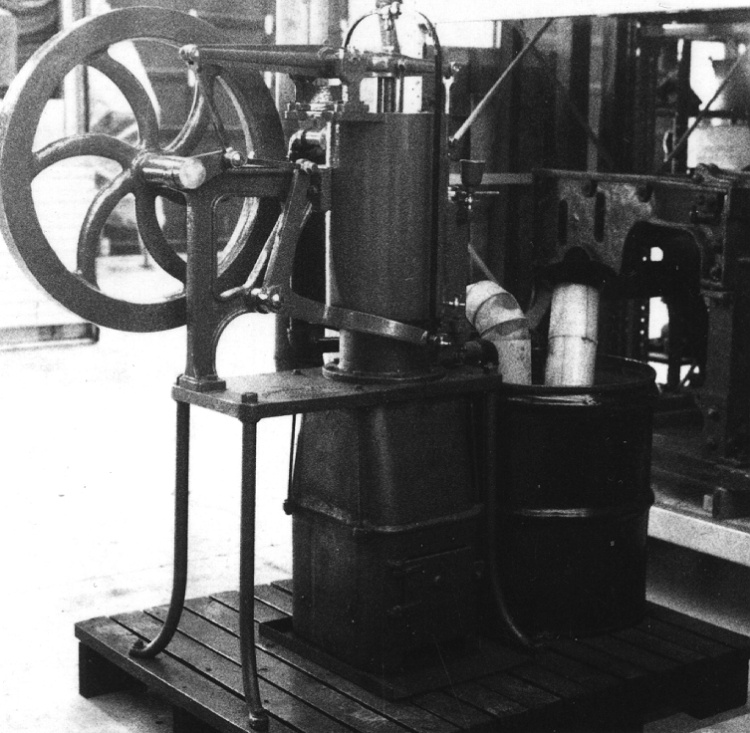Moteur à air chaud
Utiliser cette image
Puis-je réutiliser cette image sans autorisation? Oui
Les images sur le portail de la collection d’Ingenium ont la licence Creative Commons suivante :
Copyright Ingenium / CC BY-NC-ND (Attribution-NonCommercial 4.0 International (CC BY-NC 4.0)
ATTRIBUER CETTE IMAGE
Ingenium,
1975.0403.001
Permalien:
Ingenium diffuse cette image sous le cadre de licence Creative Commons et encourage son téléchargement et sa réutilisation à des fins non commerciales. Veuillez mentionner Ingenium et citer le numéro de l’artefact.
TÉLÉCHARGER L’IMAGEACHETER CETTE IMAGE
Cette image peut être utilisée gratuitement pour des fins non commerciales.
Pour un usage commercial, veuillez consulter nos frais de reproduction et communiquer avec nous pour acheter l’image.
- TYPE D’OBJET
- HOT AIR/COAL OR WOOD FIRED/EXTERNAL COMBUSTION/8 INCH
- DATE
- 1910
- NUMÉRO DE L’ARTEFACT
- 1975.0403.001
- FABRICANT
- RIDER-ERICSSON ENGINE CO.
- MODÈLE
- Inconnu
- EMPLACEMENT
- Inconnu
Plus d’information
Renseignements généraux
- Nº de série
- 14279
- Nº de partie
- 1
- Nombre total de parties
- 1
- Ou
- S/O
- Brevets
- S/O
- Description générale
- Cast iron, bronze
Dimensions
Remarque : Cette information reflète la taille générale pour l’entreposage et ne représente pas nécessairement les véritables dimensions de l’objet.
- Longueur
- S/O
- Largeur
- S/O
- Hauteur
- S/O
- Épaisseur
- S/O
- Poids
- S/O
- Diamètre
- S/O
- Volume
- S/O
Lexique
- Groupe
- Technologie industrielle
- Catégorie
- Sources d'énergie
- Sous-catégorie
- S/O
Fabricant
- Ou
- RIDER ERICSSON
- Pays
- Inconnu
- État/province
- Inconnu
- Ville
- Inconnu
Contexte
- Pays
- Canada
- État/province
- Québec
- Période
- 1910-1946
- Canada
-
Engine was donated by Mr. D. Angus, grandson of Richard Angus. Richard Angus was the chairman of BMO in 1870 and was also responsible for financing the Canadian Pacific Railway, partnering with George Stephen. This engine was used on Mr. Angus' farm, La Chatte Blanche, for domestic purposes. - Fonction
-
Solar powered hot air engine used for pumping water. Contained a working gas that was alternately heated and cooled so that the change in pressure could exert work on a piston, which would in turn perform the task of pumping water. The engine pumped water into elevated tanks from which the water would flow by gravity. - Technique
-
This type of engine is presently being investigated as a pollution-free power source. John Ericsson developed solar powered hot air engine for pumping water; this was modified to use conventional fuel source & in commercial production began in 1881 (ref. 1). Can run directly on any heat source (eg. biomass, biowaste, etc.) as long as the temperature is high enough. Produces no CO and produces very low levels of nitrogen oxides. This engine could work as efficiently as a gas engine on a smaller amount of fuel for approximately 10 hours. Flywheel, cylinder, pump and crank assembly are mounted atop stove into which the lower part of the cylinder extends. External combustion, 8 inches. Under favourable conditions, 500gal/hr could be pumped to 50 ft with a coal consumption of 3.5 lbs/hr. - Notes sur la région
-
Inconnu
Détails
- Marques
- S/O
- Manque
- Nil; but unassembled Ammendment by Dave Elliott@26/10/2005: I'm not sure what the foregoing statement means or is referring to. The artefact is complete and assembled and has been operated both prototypically (fired) and also with an electrical drive system (with some parts removed). I am not aware of any missing or extra parts related to this artefact, other than some pump parts that were replaced (fabricated from bar stock) and the originals were retained (to the best of my knowledge).
- Fini
- Base black/ engine red
- Décoration
- COMPRISES A DOUBLE WALLED CYLINDER, THE LOWER END OF WHICH ADJACENT TO THE Heat source is filled with charcoal which acts as a heat sink. Concentric with this is a moveable sleeve called the displacer, which surrounds the piston. Through a system of linkages, the displacer and piston travel vertically within the cylinder, and in doing so, the displacer transfers the hot air from the lower end to the upper, where it is cooled by the water jacket surrounding the cylinder. In passing from one end of to the other, the expanding air acts upon the piston, which being connected to a crank, enables useful work to be performed.
FAIRE RÉFÉRENCE À CET OBJET
Si vous souhaitez publier de l’information sur cet objet de collection, veuillez indiquer ce qui suit :
RIDER-ERICSSON ENGINE CO., Moteur à air chaud, vers 1910, Numéro de l'artefact 1975.0403, Ingenium - Musées des sciences et de l'innovation du Canada, http://collection.ingenium.ca/fr/id/1975.0403.001/
RÉTROACTION
Envoyer une question ou un commentaire sur cet artefact.
Plus comme ceci
